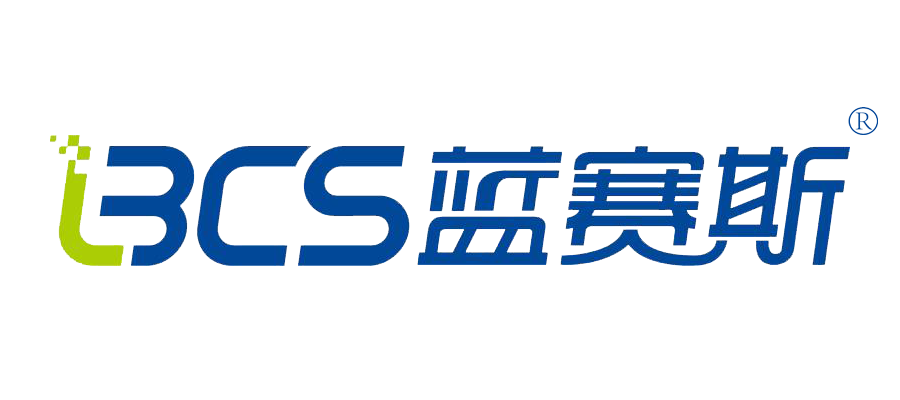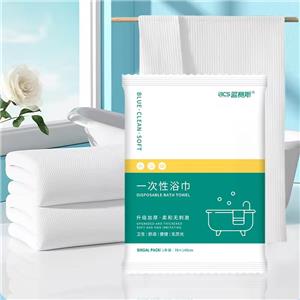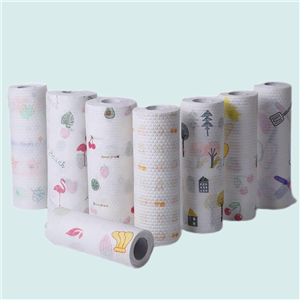What's the difference between melt blown cloth and non-woven fabric?
Melt-blown Hydrophilic Nonwoven Fabric uses polypropylene as the main raw material, and the fiber diameter is 1 to 5 microns. The ultra-fine fiber with unique capillary structure can increase the number and surface area of fibers per unit area, so that Melt Blown Nonwoven Fabric has good filtration, shielding, thermal insulation and oil absorption. Can be used in air, liquid filter materials, isolation materials, absorption materials, mask materials, warm materials, oil absorption materials and wiping cloth and other fields.
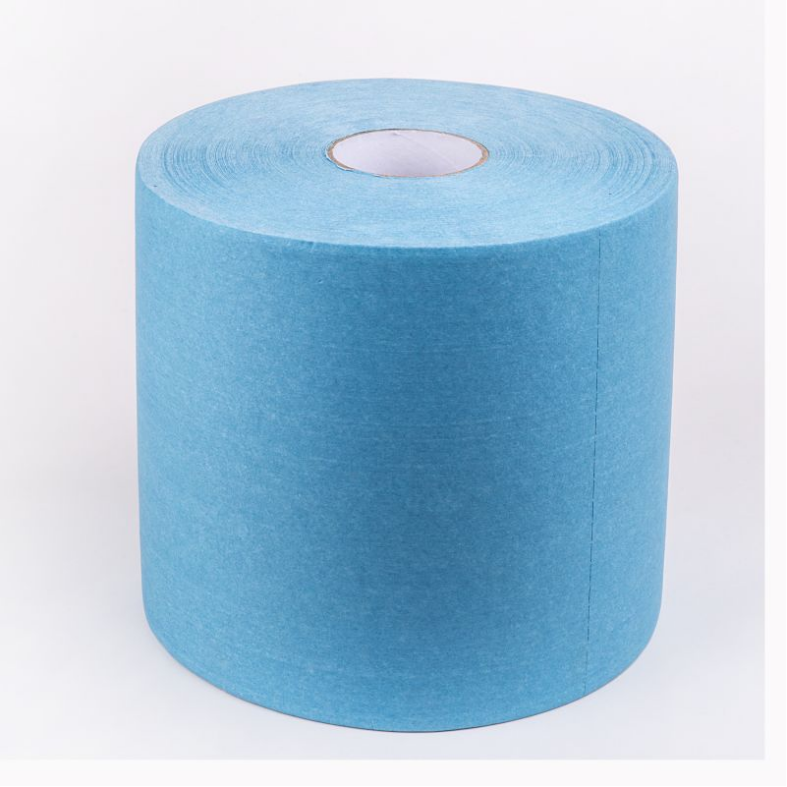
Nonwoven fabric, also known as nonwoven, is made up of directional or random fibers.
It is called cloth because of its appearance and some properties.
Nonwoven fabric has the characteristics of moistureproof, breathable, flexible, light, non-combustion, easy to decompose, non-toxic and non-irritating, rich in color, low price, recyclable and so on. Polypropylene (pp) granules are mostly used as raw materials, which are produced by high temperature melting, spinneret, laying, hot pressing and coiling.
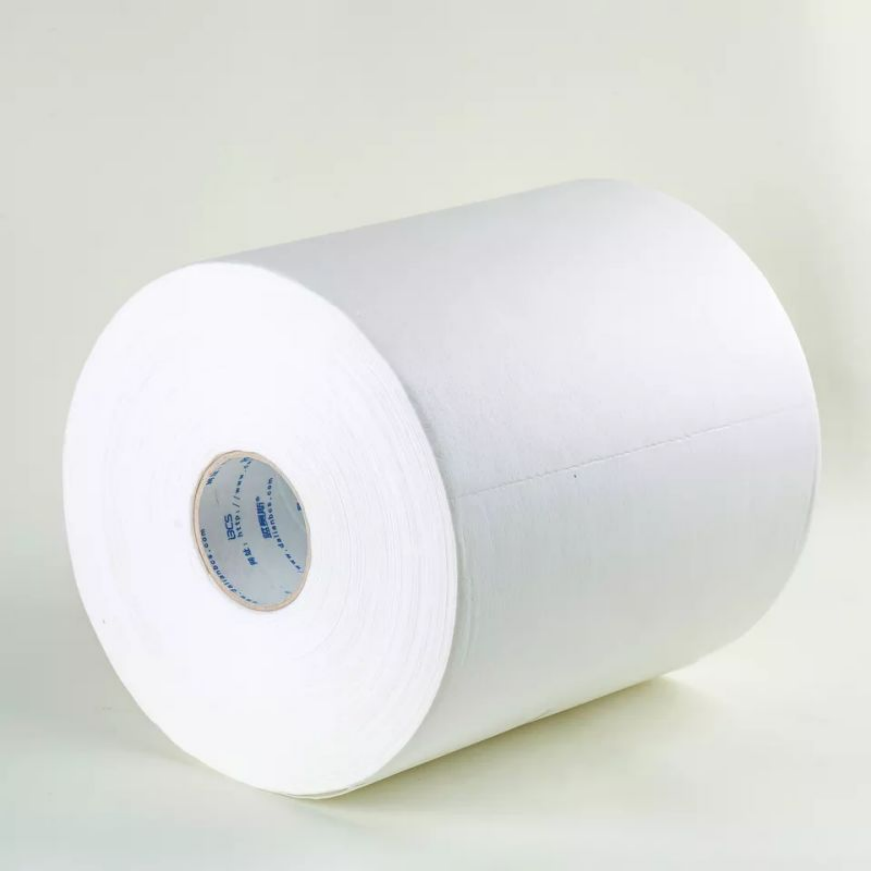
The differences between nonwoven fabric and meltblown cloth are as follows:
1. Different raw materials.
Polypropylene granules are mostly used as raw materials for non-woven fabrics. Melt blown cloth mainly uses polypropylene as raw material.
2. Different functions.
Non-woven fabric is moisture-proof, breathable, flexible, light, non-combustion-supporting, easy to decompose, non-toxic and non-irritating, and can be recycled. The melt blown cloth has many voids, fluffy structure, good wrinkle resistance and good filterability.
3. Different uses.
Non-woven fabric has no longitude and weft, it is convenient to cut and sew, and it is light and easy to shape, so it is very popular with craftsmen. Melt Blown Nonwoven Fabric can be used in air, liquid filter materials, isolation materials, absorption materials, mask materials, heat preservation materials, oil absorption materials and other fields.
